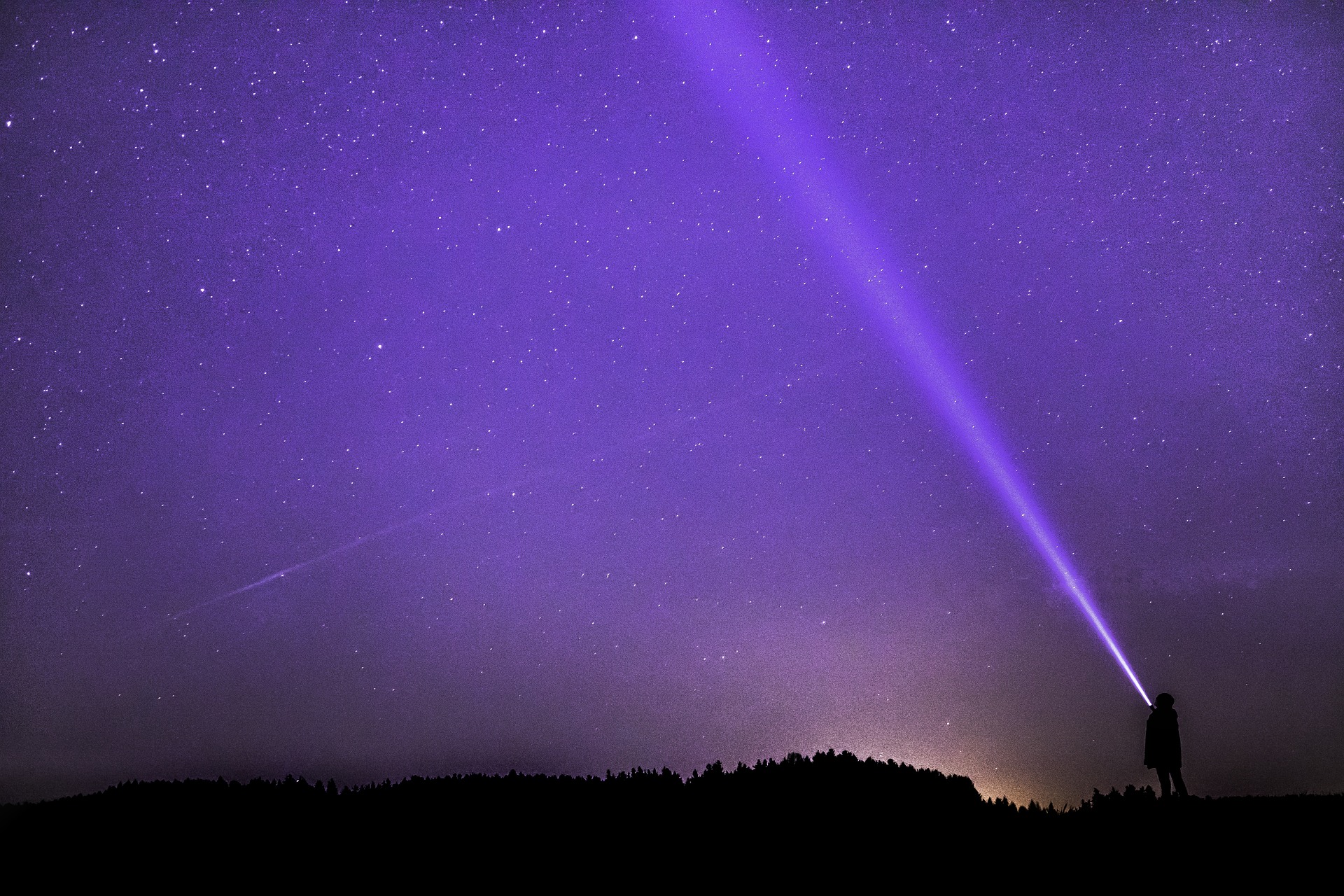The higher sky brightness, the darker our future. Since the invention of the artificial light in 1878 by Thomas Edison, artificial lights have played a significant role in human civilization. Artificial light, brightened and made safe previously dark streets, extended waking hours into the evening, and introduced power into houses. This radiance has considerably increased in recent years and it continues its unstoppable race.
The night sky over many of our cities is hundreds of times brighter than a natural, starlit sky. This skyglow hides the stars from our sight and it prevents us and all life on Earth from experiencing a natural night. The firsts that noticed this phenomenon were the astronomers. They warn that astronomic observations are becoming more difficult because of light pollution.
In addition all types of artificial life affect human health, life underwater, life on land and they increase energy use and biodiversity consequences. For example the nighttime rhythm of wildlife, especially sea turtles, has been interrupted; in human health excess light can damage photoreceptor cells in the retina, causing vision loss. Artificial light in the evening disturbs natural sleep cycles, leading to a variety of health issues, including cancer [1].

Plants and animals depend upon the daily cycle of sunshine and darkness, which regulate rhythms that manage vital behaviours like reproduction, nutrition, sleep, and protection against predator’s. Light pollution changes the nocturnal animal atmosphere and turns night into day. Furthermore, scientific proof suggests that artificial light will have negative and even deadly effects on several creatures at night: amphibians, birds, mammals, insects, and plants.
The survival, reproduction, physiology, and movement of marine fish, corals, birds, turtles, and other vertebrates are all affected by light emissions. For example, corals associate their spawning events with monthly and annual fluctuations in moonlight intensity, extremely compromised by artifcial lights.
Likewise, zooplankton, tropical corals, and temperate marine organisms react to artificial light like illuminating streetlights, along the water at depths of 70–100 m [1].
It is also important to remind that light transmits electromagnetic waves that generate electricity, which in flip is generated with the aid of using burning fossil fuels, so it may be stated that there is a hyperlink among mild pollutants and air pollutants from emissions from fossil fuels. Control of mild pollutants can assist in keeping gas costs, lessening air pollutants.
Furthermore the actual age is characterized by important novelty in illumination: the light emitting diodes (LEDs). The introduction of the LED technologies in the sixties of the past century changed the idea of light and we are now observing the effects. Despite their claims of being energy efficient and colour accurate, most LEDs installed today are brighter than the old luminaires they replace, contributing to increased light pollution. New lighting technologies and their ability to control and steer computers make LEDs an important tool for reducing light pollution, but they can also make things worse [1]. We discoverd something that can make us save energy and light but it seems that we want more and more light.
For these reasons new laws are needed to regulate light emissions. Some countries are working in this direction. Among the best practices there are requirements regarding shielding, colour temperature and outdoor lighting. Other laws suggest the use of low-illuminance, low-watt lighting, set time limits for the use of specific lights.
Government measures can help reduce light glare by promoting covered lights, low-glare lighting, and low wattage. Countries have also passed so-called dark-sky laws, promoting energy savings, aesthetic interests, and astronomical research capacities. [1]

The natural night sky is our common and universal heritage, yet it’s rapidly becoming unknown to the newest generations. Without the natural night sky we could not have navigated the globe, walked on the Moon, learned of our expanding universe, discovered that humans are made of stardust [2].
It is worth it to not leave our ligths on to see the future.
[1] An Analysis on How Artificial Light at Night May Impact the Sustainable Development Goals 2030 and Human Health – Md Shahrukh Jamal, , Shahkar Falak, Zeeshan Ahmad Khan; Chronobiol Med 2022;4(1):8-20
[2] https://www.darksky.org/





